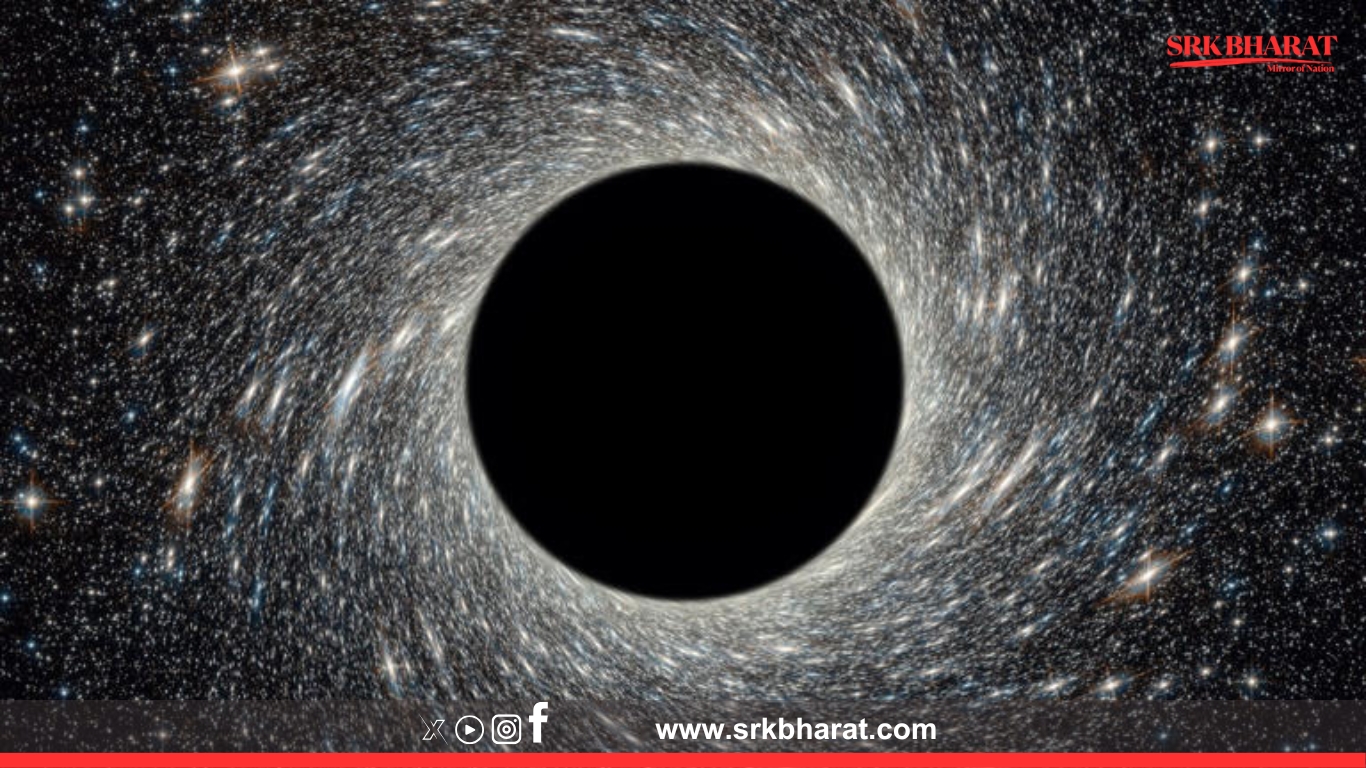In a groundbreaking experiment, physicists at the University of Southampton have successfully demonstrated the ‘Black Hole Bomb’ theory, marking a historic milestone in theoretical physics.
Originally proposed by Roger Penrose in 1969, the concept suggests that rotating black holes can release energy through a process called superradiance. In 1971, physicist Yakov Zel’dovich expanded on this idea, theorizing that a spinning metal cylinder could mimic the energy amplification effect seen near black holes.
For decades, the theory remained unproven—until now. Researchers led by Hendrik Ulbricht and Marion Cromb recreated the phenomenon using a spinning aluminum cylinder, surrounded by a three-phase magnetic field and a resonant circuit. This setup acted as a mirror, bouncing electromagnetic waves back and forth, amplifying them with each pass—just as predicted in the ‘Black Hole Bomb’ hypothesis.
The experiment confirmed that waves can extract rotational energy, leading to runaway amplification, a process that mirrors the behavior of black holes in space. Physicist Vitor Cardoso praised the breakthrough, stating, “You send in a wave and get more back—amazing.”
Beyond proving the theory, scientists believe this discovery could aid in dark matter research, as spinning black holes might act as natural particle detectors, offering insights into unknown cosmic phenomena.
Stay tuned for further updates on this revolutionary experiment.











